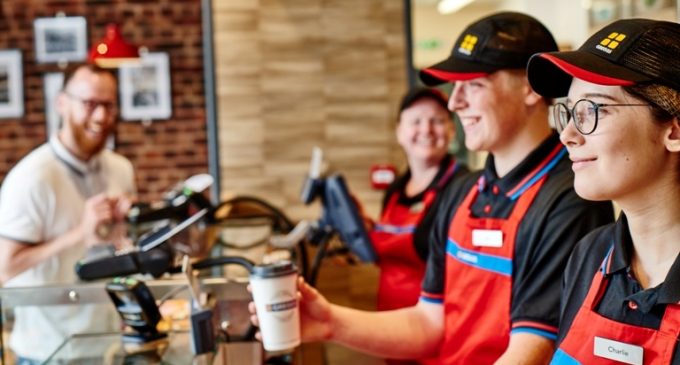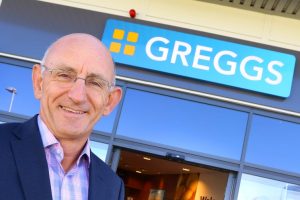Resilient First Half Performance by Greggs

Greggs, the leading bakery food-on-the-go retailer in the UK with almost 1,900 retail outlets, increased revenue by 5.2% to £476 million, with like-for-like sales in company-managed shops up by 1.5%, in the 26 weeks ended 30 June 2018 in a period that was significantly affected by extremes of weather and increased consumer caution. Operating profit excluding property gains and exceptional charges was £25.7 million, down from £27.6 million in the first half of 2017, giving an underlying margin of 5.4%, against 6.1% in the previous year.
During the first half, Greggs made further good progress in delivering the investment programme designed to complete the transformation of the business into a food-on-the-go specialist and provide the platform for further growth over the years ahead.
Greggs is continuing to grow and relocate its shop estate alongside investing in capacity in its internal supply chain. In the first half of 2018 the company opened 59 new shops (including 19 franchised units) and closed 25 shops, giving a total of 1,888 shops (of which 219 are franchise units) trading at 30 June 2018. When the transformation programme is completed in 2020, Greggs will have the capacity to grow the estate to about 2,500 shops, as well as having a materially more efficient and flexible operational platform and infrastructure.
Roger Whiteside, chief executive of Greggs, comments: “Greggs has delivered a resilient performance despite challenging market conditions and we have continued to make good progress with our strategic investment programme to transform the business into the customers’ favourite for food-on-the-go. While we remain cautious in respect of the outlook for sales in the balance of the year given the consumer backdrop, we are confident in the medium and long-term growth potential for the business, supported by customers’ response to our initiatives, our strong cash generation and the ongoing strategic investments that we are making. Over the year as a whole we continue to believe that underlying profits (before exceptional costs) are likely to be at a similar level to 2017.”


































